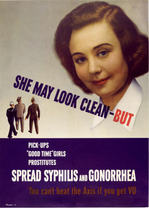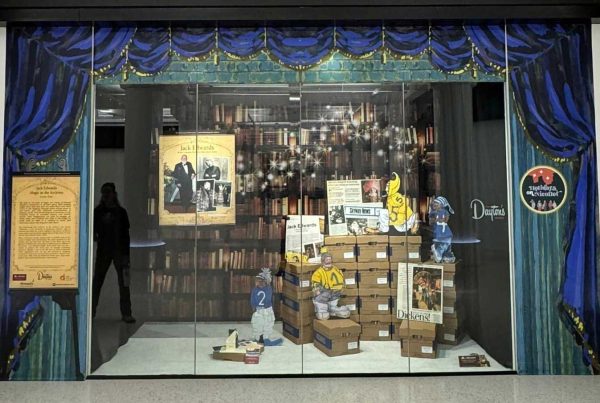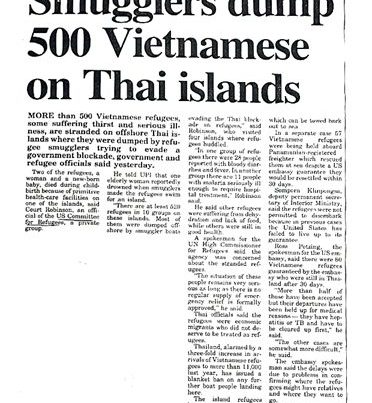The current exhibit in the Andersen Library gallery grew out of my conversations with ASC Exhibit Design Specialist, Darren Terpstra, about parallels between current cultural attitudes towards sexuality and sex education and the themes documented in the American Social Health Association records. We had several of those short, brainstorming conversations that often happen between ASC staff in the hallways at Andersen Library and decided to produce an exhibit that brought these issues together. For over two years, we nursed our “pet project” to raise awareness about current sexual health issues while showcasing the work of the American Social Health Association (ASHA).
From its beginnings nearly 100 years ago, ASHA recognized how silence, misinformation and embarrassment allowed sexual exploitation and STDs to thrive. At a time when sexual topics were met with shame or repression, ASHA advocated accurate sex education for youth. It also fought the established attitude that prostitution was a necessary evil to be tolerated. ASHA used research, civic action and education to bring these issues to light and break down the wall of silence surrounding them. I decided to use ASHA’S work in these areas as the main exhibit themes. (See a short video about the exhibition themes here.)
Both Darren and I agreed that the exhibit needed to be provocative and juxtapose a more modern and edgy approach with the historical documents. Darren created a look that complimented the existing graphics. He also inserted a visual message about current attitudes towards sexual health in the form of 3 bright red human figures. By putting tape over their eyes, ears and mouths, we are re-creating that old saying, “See no evil, hear no evil, speak no evil,” to suggest that, as a society, we still have an aversion to discussing sexual health and sexual exploitation. The figures are rooted in a dark cluster of words on the floor, suggesting that misinformation, embarrassment, myth, etc. remain rooted in our culture.
 The ASHA records are ideal for exhibition. They contain a rich variety of material and use wonderful early and mid-twentieth century graphics. Past experience using the records in class sessions proved that they make difficult or serious topics accessible. Many of the documents were created as sexual health education tools or to promote the ASHA program to the public. Attention-grabbing visuals help draw viewers into the gallery. Also, the fact that the attitudes and messages of some of the documents strike modern viewers as strange or funny helps engage them with the material. For example, they might have a good laugh over the “Booby Trap” poster (a staff favorite!), but that opens the door for a deeper discussion. A high school group visiting the exhibit had some laughs over the youth sex education materials that quickly turned into a discussion about how their own project on human trafficking met with disapproval from some school staff and problems with getting uncensored access to information through school computers.
The ASHA records are ideal for exhibition. They contain a rich variety of material and use wonderful early and mid-twentieth century graphics. Past experience using the records in class sessions proved that they make difficult or serious topics accessible. Many of the documents were created as sexual health education tools or to promote the ASHA program to the public. Attention-grabbing visuals help draw viewers into the gallery. Also, the fact that the attitudes and messages of some of the documents strike modern viewers as strange or funny helps engage them with the material. For example, they might have a good laugh over the “Booby Trap” poster (a staff favorite!), but that opens the door for a deeper discussion. A high school group visiting the exhibit had some laughs over the youth sex education materials that quickly turned into a discussion about how their own project on human trafficking met with disapproval from some school staff and problems with getting uncensored access to information through school computers.
I think that the ASHA records are great tool to break through the myth of dusty, dry lifeless historical documents in a silent repository and present a more interesting reality: that archives and special collections have variety, impact, relevance, and, yes, humor! (Click here to see the StarTribune article on the exhibit.)
In the spirit of ASHA’s efforts to bring sexual topics into the public arena, I hope that this exhibit provokes questions, conversation, and action.
Linnea Anderson, Social Welfare History Archives





